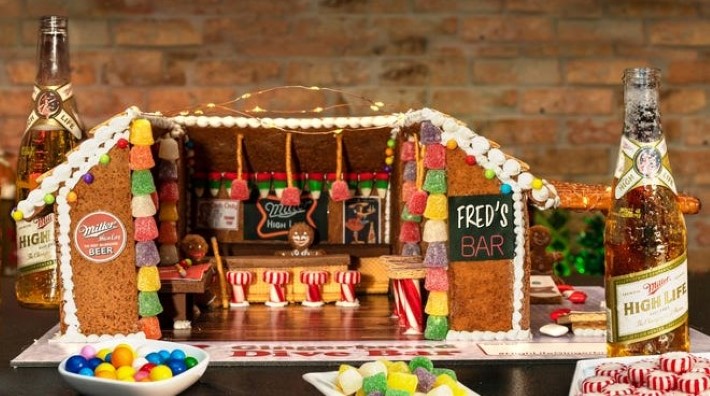
The gingerbread walls of this dive bar are infused with Miller High Life and there’s Vermont maple syrup to pour on the branded bar floor to “recreate that distinct sticky floor feeling.”
Favorite comment I’ve seen posted: “Wow, the detail of the cornhole game will be lost on the target audience.”
What I don’t understand: The kits are “designed for fun, but not for consumption.”
NATIVE REPRESENTATION
Evan Rail writes about myths, misunderstandings and stereotypes related to Native Americans and the culture of beer. “There’s definitely a relationship between alcohol and Native American tribes, and a longstanding stereotype which was placed on Native Americans by colonialism,” LT Goodluck, a Native American brewer, tells him. “It’s just hard for Native Americans to shed that stereotype. I believe that once we get more Native Americans in the alcohol industry, maybe we can change the stereotypical view that seems like it dominates our culture.”
Related: The first version of Native Land, the collaboration beer mentioned in the story, I tasted, in this case from Outer Range Brewing, is really good. I’m looking forward to finding more. (Participating breweries and release dates.)
SAFE BARS
P.A.C.T in the Safe Bars P.A.C.T. stands for Promise of Awareness, Compassion, and Trust. Everything you need to know about the initiative. “Systematic and structural change takes a long time,” says Lady Justice Brewing co-founder Betsy Lay, “It requires a shift in culture and a lot of patience. We’re going to need large and small organizations to commit to this work: guilds, trade associations, individual breweries, vendors. There has to be buy-in industry wide.”
ECCENTRIC DAY
Friday was Larry Bell’s last Eccentric Day at Bell’s Brewery as the owner of Bell’s. He arrived wearing a Hawaiian shirt, Tommy Bahamas, sandals with socks and carrying a golf club. His name tag read “Tiger.” There is a YouTube interview.
My guess is that few who drink Two Hearted Ale have also had Eccentric Ale or know about Eccentric Day, although the beer and celebration have been around for more than 25 years. Back in the 1990s, Eccentric Ale was released on Eccentric Day one year after it was brewed. The day before, various friends of the brewery would brew the next batch. Randy Mosher once told a story seeing a shoe in the mash tun as it was emptied. It has since become a bigger, but different, party.
It grew organically into a community event. Will it remain the same under new ownership? The article about Eccentric Day 2021 is behind a paywall, but photos are not and tell a story themselves.
CELEBRATION WATCH
The beat goes on . . .
Honestly, it’s just ok pic.twitter.com/CIsPZVojGy
— Negroni Tenderoni (@DrankyDranks) November 30, 2021
I will admit to being in full-on love with @SierraNevada Celebration Ale. Come to me, baby. https://t.co/Wu4tTqdzI3
— COVID Diary: Day 620 (@lewbryson) November 29, 2021
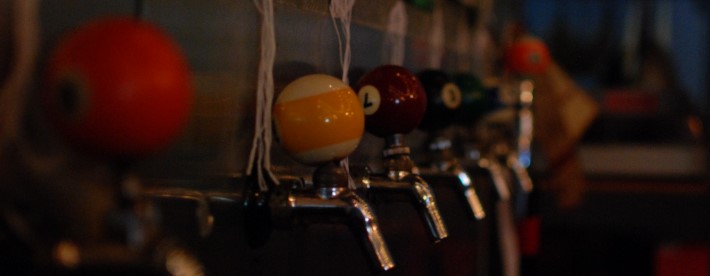
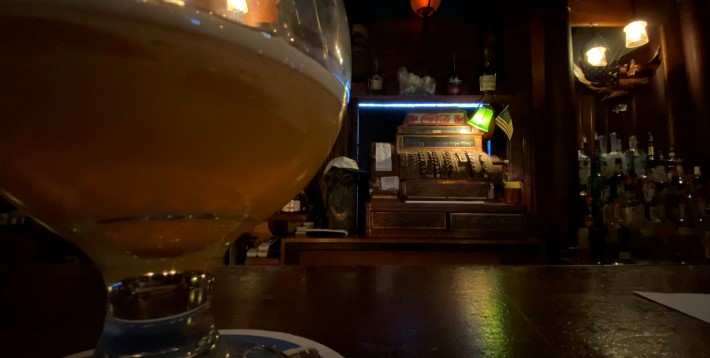
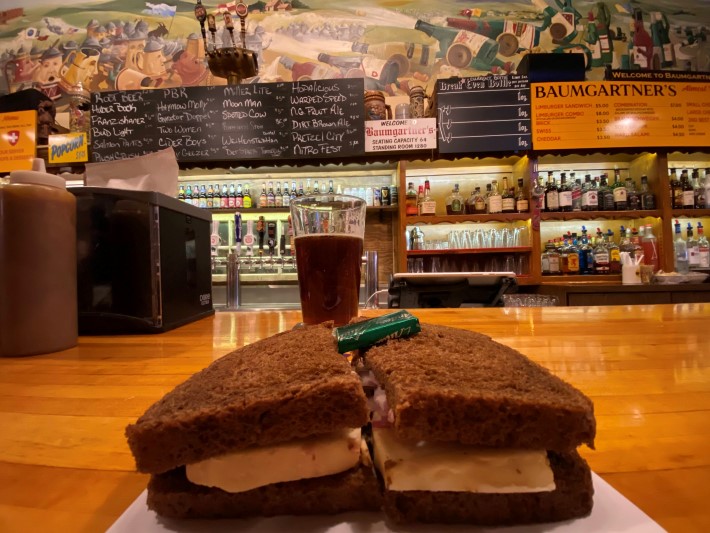
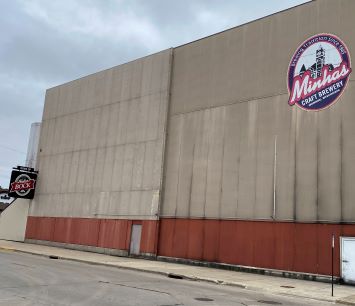 The brewery looks like a building, a large building, built in Eastern Europe not long after the end of World War II. A sign the size of one you’d see hanging in front of a small tavern that reads “Home of Huber Bock” is the only nod to the brewery’s heritage. We did not see any Minhas branded beers on tap in Wisconsin bars or for sale in liquor stores.
The brewery looks like a building, a large building, built in Eastern Europe not long after the end of World War II. A sign the size of one you’d see hanging in front of a small tavern that reads “Home of Huber Bock” is the only nod to the brewery’s heritage. We did not see any Minhas branded beers on tap in Wisconsin bars or for sale in liquor stores.